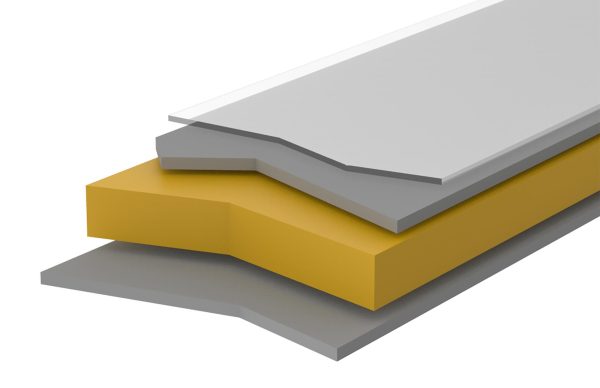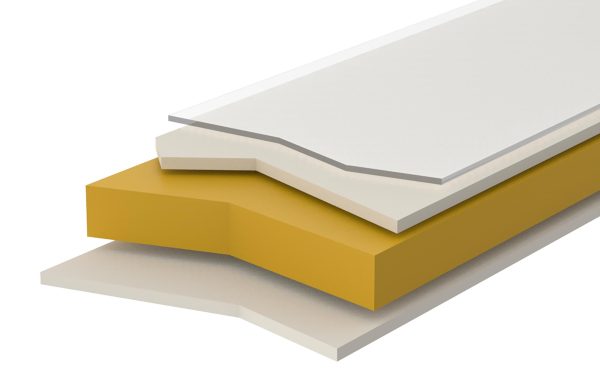The panel with antibacterial PVC film coating is composed of:


Maximum antibacterial property classification, with more than 99% bacterial reduction capacity.
Proven efficacy with the following bacteria:
Antibacterial PVC can be used in a wide range of applications:
The surface needs some essential care when it comes to cleaning:
Varnish retouching on surfaces with this coating: